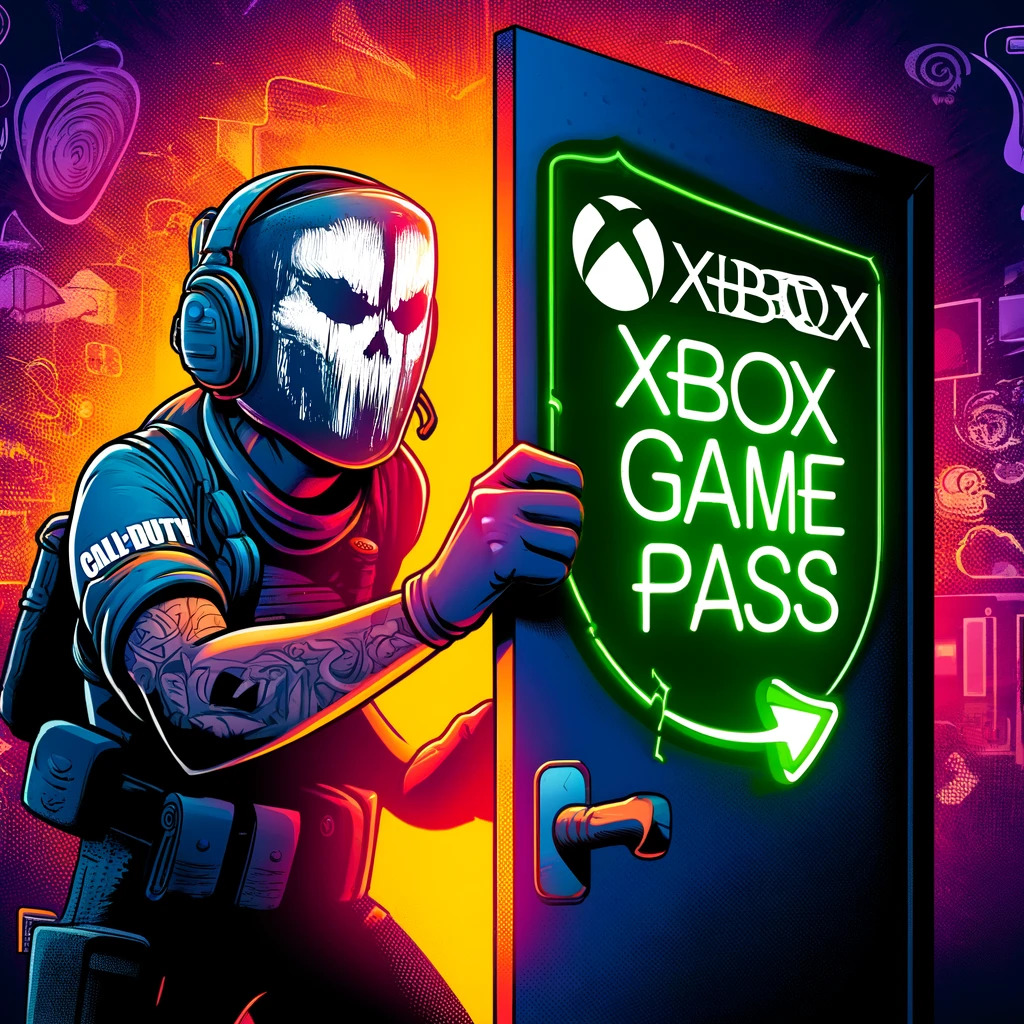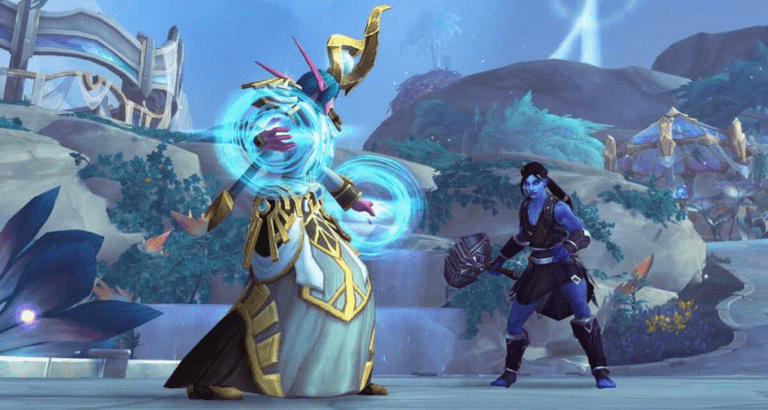The mobile gaming industry is an undeniable powerhouse, and behind every hit game lies a critical foundation: mobile game design software. These tools empower developers to transform ideas into immersive experiences, balancing creativity with technical precision.
Whether crafting hyper-casual puzzles or AAA-quality RPGs, the choice of software dictates a project’s scope, efficiency, and success.
This article explores the engines, frameworks, and tools defining modern mobile game development. You will discover how to select the right platforms for your vision, integrate cutting-edge trends like AI and AR, and navigate the balance between performance and creativity.
You may also like: Mobile Game Development – Creating Addictive Experiences for All Devices
The Pillars of Mobile Game Design Software

At its core, mobile game design software encompasses engines for coding, tools for asset creation, and platforms for testing and deployment. The right combination hinges on a project’s complexity, target audience, and monetization strategy. Below, we delve into the tools reshaping the industry.
Unity: The Cross-Platform Powerhouse
Unity remains the gold standard for mobile game development, powering 70% of the top 1,000 mobile titles. Its versatility spans 2D and 3D projects, with support for iOS, Android, and consoles.
Developers praise Unity’s Universal Render Pipeline (URP) for optimizing graphics across devices, ensuring smooth performance even on lower-end hardware. The engine’s asset store and collaborative workflows further streamline development, making it ideal for indie teams and large studios alike.
Notable titles like Pokémon GO and Call of Duty: Mobile showcase Unity’s ability to handle everything from location-based AR to competitive multiplayer. With pricing tiers ranging from free (Personal) to enterprise-level solutions, Unity democratizes game creation while scaling with project needs.
Unreal Engine: Pushing Photorealism on Mobile
For studios prioritizing visual fidelity, Unreal Engine delivers cinematic-quality graphics. Its Blueprint Visual Scripting system enables complex gameplay mechanics without extensive coding, while the MetaHuman Creator accelerates character design.
Though traditionally associated with PC and console titles, Unreal’s mobile optimizations have fueled hits like Fortnite and Darkness Rises.
Epic Games’ licensing model is equally compelling: developers pay no royalties until a game earns over $1 million, making it accessible for ambitious projects. However, Unreal’s resource demands require careful optimization for mobile hardware, a challenge developers frequently tackle in AAA ports.

GDevelop: No-Code Innovation for Rapid Prototyping
Not every project requires a full-fledged engine. GDevelop’s event-based logic system allows creators to build games through visual workflows, bypassing traditional coding. This open-source tool supports HTML5, Android, and iOS exports, making it a favorite for indie developers and educators.
GDevelop’s success stories include The Next Penelope and promotional games for Prime Video’s The Boys, proving that simplicity doesn’t sacrifice depth. Its free tier and affordable subscriptions (starting at €99/year) lower entry barriers.
Autodesk Maya & 3ds Max: Crafting Immersive Assets
While engines handle code, tools like Autodesk Maya and 3ds Max specialize in 3D modeling and animation. These suites integrate seamlessly with Unity and Unreal, allowing artists to sculpt characters, environments, and VFX with precision.
Features like Bifrost for procedural effects and real-time collaboration via Autodesk Flow streamline workflows for distributed teams.
Studios like Square Enix rely on Autodesk tools to create cinematic cutscenes for Final Fantasy, underscoring their role in high-end mobile RPGs. For smaller teams, Maya’s learning curve can be steep, but its output justifies the investment.
Read also: How do mobile games make money in 2025?
Trends Shaping Mobile Game Design Software

The landscape of mobile game design software is being reshaped by a convergence of technological advancements and shifting player expectations.
At the forefront is generative AI, which is revolutionizing workflows by automating asset creation, procedural level design, and even narrative generation.
Tools like Unity’s Muse and Unreal Engine’s AI frameworks enable developers to prototype faster and refine gameplay mechanics with machine learning-driven insights, reducing repetitive tasks and freeing teams to focus on creativity.
AI also enhances player personalization, with algorithms analyzing behavior to dynamically adjust difficulty, recommend content, and optimize monetization strategies, features increasingly integrated into engines like Unity and Godot.
Another transformative trend is the integration of AR/VR, driven by frameworks like Unity’s AR Foundation and advancements in hardware.
While AR continues to thrive in location-based games like Pokémon GO, VR is gaining momentum with lightweight headsets such as the Oculus Quest, enabling immersive experiences previously limited to consoles.
These technologies demand design software that supports real-time spatial mapping and physics simulations, pushing engines to prioritize cross-platform compatibility and performance optimization.
Cloud gaming further disrupts traditional workflows by decoupling hardware limitations from creative ambition.

Services like Xbox Cloud Gaming and NVIDIA GeForce Now allow developers to stream high-fidelity games to mobile devices, necessitating tools that prioritize server-side rendering and latency reduction.
This shift encourages studios to adopt engines with built-in cloud synchronization, such as Unity’s Cloud Content Delivery, ensuring seamless cross-platform experiences.
Simultaneously, cross-platform development has become non-negotiable, with players expecting seamless transitions between mobile, PC, and consoles.
Engines like Unreal and Unity now emphasize unified workflows, enabling developers to deploy games across ecosystems without compromising visual quality, a trend underscored by hits like Genshin Impact, which maintains parity between mobile and console versions.
Lastly, sustainability and ethical considerations are influencing tool design. Developers are prioritizing energy-efficient rendering pipelines and eco-friendly asset optimization, while AI-driven localization tools ensure cultural sensitivity in global markets.
These shifts reflect a broader industry recognition that innovation must balance technical prowess with social responsibility. Together, these trends underscore a future where mobile game design software is as dynamic and adaptive as the experiences it creates.
Also read: Mobile Game Developers: Strategies for Engaging On-the-Go Gamers
Building Tomorrow’s Hits Alongside Us

The mobile gaming landscape is a blend of art and engineering, where software choices dictate creative boundaries. From Unity’s versatility to Unreal’s visual prowess, each tool offers unique advantages, but navigating them requires expertise.
Here at Main Leaf, we’ve spent over a decade refining workflows across these platforms, helping studios launch their titles. Whether you’re prototyping a casual hit or scaling a live-service RPG, our team provides end-to-end support, from engine selection to post-launch ASO.
Ready to transform your vision into a mobile phenomenon? Partner with Main Leaf and leverage tools that turn constraints into creativity.

